Mind the gap
Red Hat Middleware is a family of lightweight, cloud-friendly, enterprise-grade products that help you innovate faster and smarter. It bridges your applications to Red Hat's trusted infrastructure.
Red Hat Middleware is a family of lightweight, cloud-friendly, enterprise-grade products that help you innovate faster and smarter. It bridges your applications to Red Hat's trusted infrastructure.
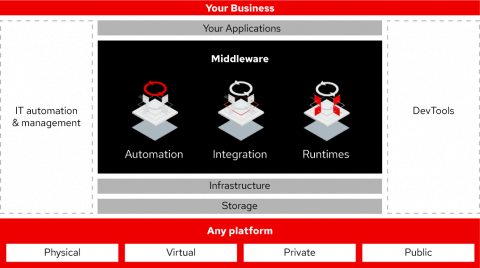
The Red Hat portfolio of middleware products gives developers, architects, and IT leaders the ability to create, integrate, and automate applications. The portfolio has been engineered together to help develop, implement and run business applications cost-effectively at scale. Red Hat Middleware can run on-site, in the cloud, or within a container platform, like Red Hat OpenShift.
The Red Hat Middleware portfolio consists of 3 product sets that help you create a connected and flexible application environment.
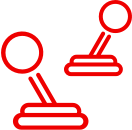 Runtimes
RuntimesRed Hat Runtimes is a set of products, tools, and components for developing and maintaining cloud-native applications. It offers lightweight runtimes and frameworks for highly-distributed cloud architectures, such as microservices.
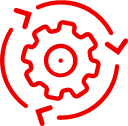 Integration
IntegrationRed Hat Integration is a set of integration and messaging technologies to connect applications and data across hybrid infrastructures. Agile, distributed, containerized, and API-centric, it provides service composition and orchestration, application connectivity and data transformation, real-time message streaming including Kafka, and API management—combined with a cloud-native platform and toolchain supporting the full spectrum of modern application development.
 Business Automation
Business AutomationRed Hat Process Automation, is a set of products for developing applications that automate business decisions and processes. Enforce business policies and procedures, automate business operations, and measure the results of business activities across heterogeneous environments.
A collaborative Kubernetes-native development solution that delivers OpenShift workspaces and in-browser IDE for rapid cloud application development.

This page helps you get started with Red Hat CodeReady Workspaces.
Resources to help you make the most of CodeReady Workspaces.
Event-driven data architecture is a way of designing applications and services to respond in real-time based on individual event notification information.
Reactive applications are responsive, resilient, elastic and message-driven. They guarantee easy replication and non-blocking communication.
APIs are central to mobile applications, cloud computing and the Internet of Things. It is essential to deal with full API lifecycle management.
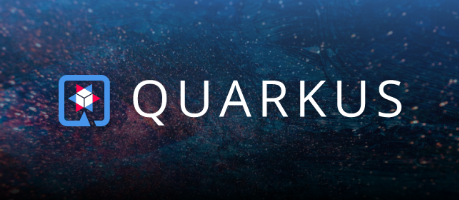
The kubernetes-native framework Quarkus has a container-first design, optimizing it for low memory usage and fast startup times with first class support for Graal/SubstrateVM, build time metadata processing, reduction in reflection usage, and native image pre-boot.
Drools is a Business Rules Management System solution that provides a core Business Rules Engine, web authoring and rules management application, full runtime support for Decision Model and Notation, and an Eclipse IDE plugin.
Infinispan is a distributed in-memory key/value data store with optional schema, available under the Apache License 2.0.
jBPM is a toolkit for building business applications to help automate business processes and decisions.
Apache Camel K is a lightweight integration framework built from Apache Camel that runs natively on Kubernetes and is specifically designed for serverless and microservice architectures.
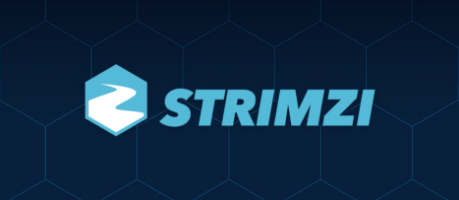
The Strimzi project provides a way to run an Apache Kafka cluster on Kubernetes in various deployment configurations. Getting up and running with an Apache Kafka cluster on Kubernetes is simple, with Strimzi.
Add authentication to applications and secure services with minimum fuss. No need to deal with storing users or authenticating users - it’s all available out of the box.
OptaPlanner is an AI constraint solver that optimizes planning and scheduling problems, such as the vehicle routing problem, employee rostering, maintenance scheduling, task assignment, and more.
Syndesis can connect to any service you use with a a rich set of connectors out of the box. And if what you need doesn’t exist - a friendly developer will create one for you.
Debezium is an open source distributed platform for change data capture. Start it up, point it at your databases, and your apps can start responding to all of the inserts, updates, and deletes that other apps commit to your databases. Debezium is durable and fast, so your apps can respond quickly and never miss an event, even when things go wrong.
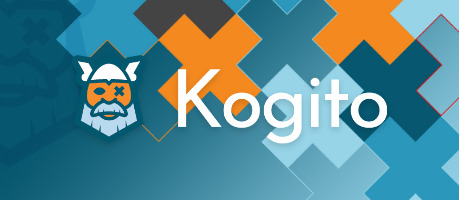
Kogito is a business automation project designed to run at scale on cloud infrastructure. The cloud is where your business logic lives. The latest technologies in Kogito provide fast boot times and instant scaling on orchestration platforms.
Thorntail is an innovative way to package and run Java EE applications by packaging them with just enough of the server runtime to “java -jar” your application. It’s MicroProfile compatible, too.
Teiid is a Java component that can be embedded in your Java application to provide integrated access to multiple data sources through a single uniform API.
WildFly is a flexible, lightweight, managed application runtime that helps you build amazing applications.
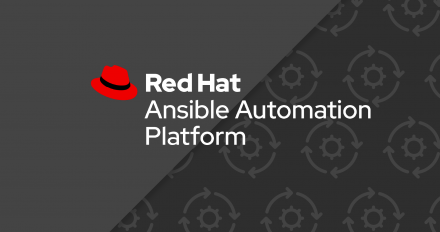
Get started with Ansible for Middleware by installing Ansible and configuring Wildfly on a host using execution environments in this 6-step tutorial.
Mark Little, Vice President Engineering, Middleware, Red Hat & Mike Piech, Vice President & General Manager, Middleware, Red Hat talk with Stu Miniman and John Walls at Red Hat Summit 2019 in Boston, MA.